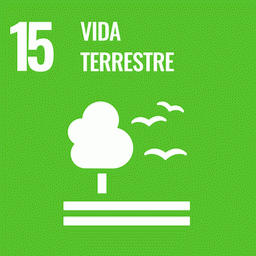This article presents a 21st Century agenda for Amazonian conservation. The agenda calls for developing a system of refugia and a scientific methodology for predicting impacts of the infrastructure development vision for the region. It also calls for a collaborative approach to conservation planning, in the interest of fruitful engagement with decision-makers and stakeholders. The ideas explored here emerged from the collaboration of peers over a decade, which culminated in a panel presentation, Scientific Analysis, and Simulation Models to Support Conservation and Development Decision-Making, at the Tools and Strategies Workshop held at the University of Florida in October, 2017.
The Amazons Vicious Cycles
The aim of this report is to explore the relationship between the Amazon, climate, and the changes in this relationship that are underway as a result of forest destruction and the release of heat-trapping gases into the atmosphere.
